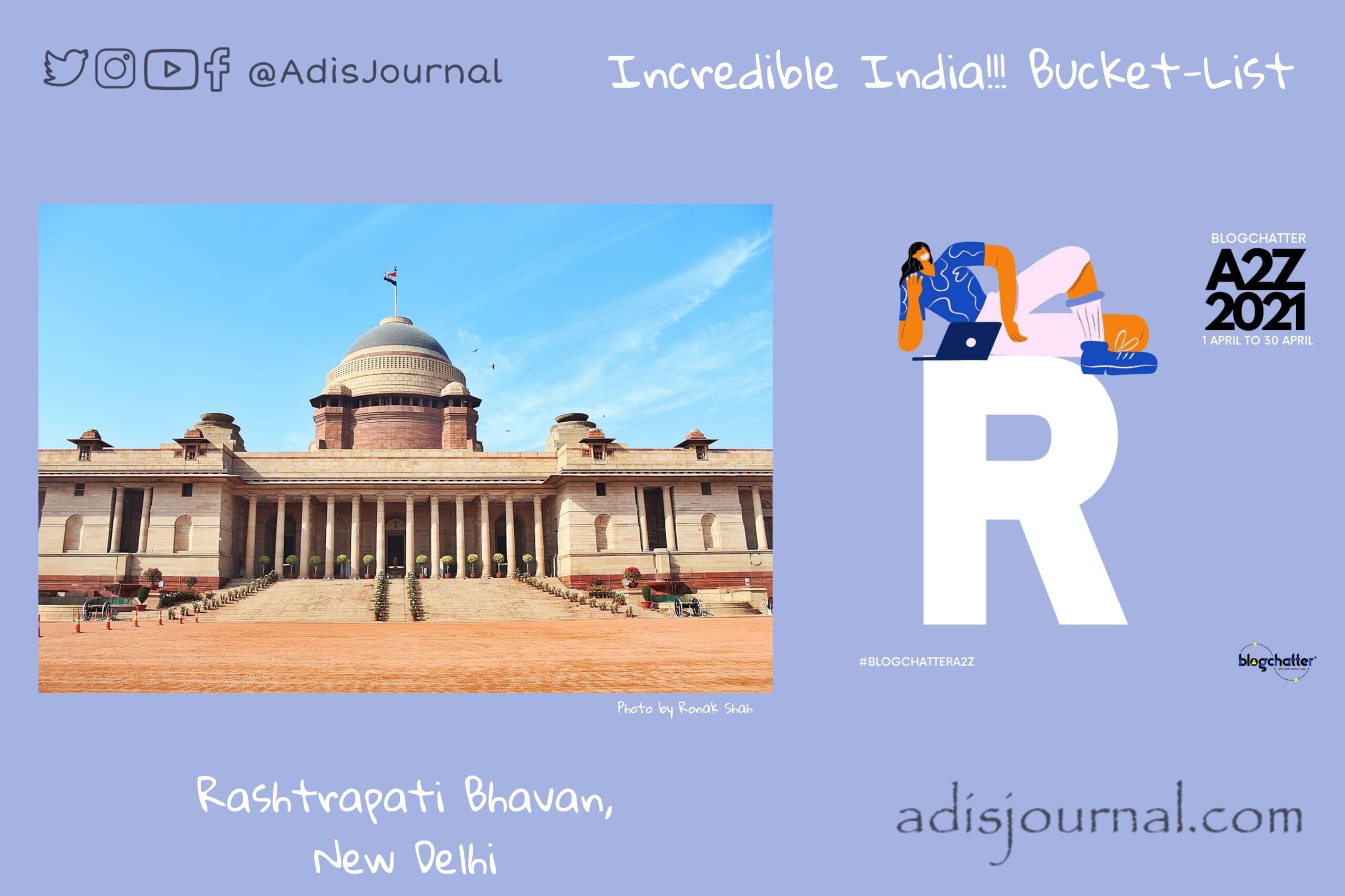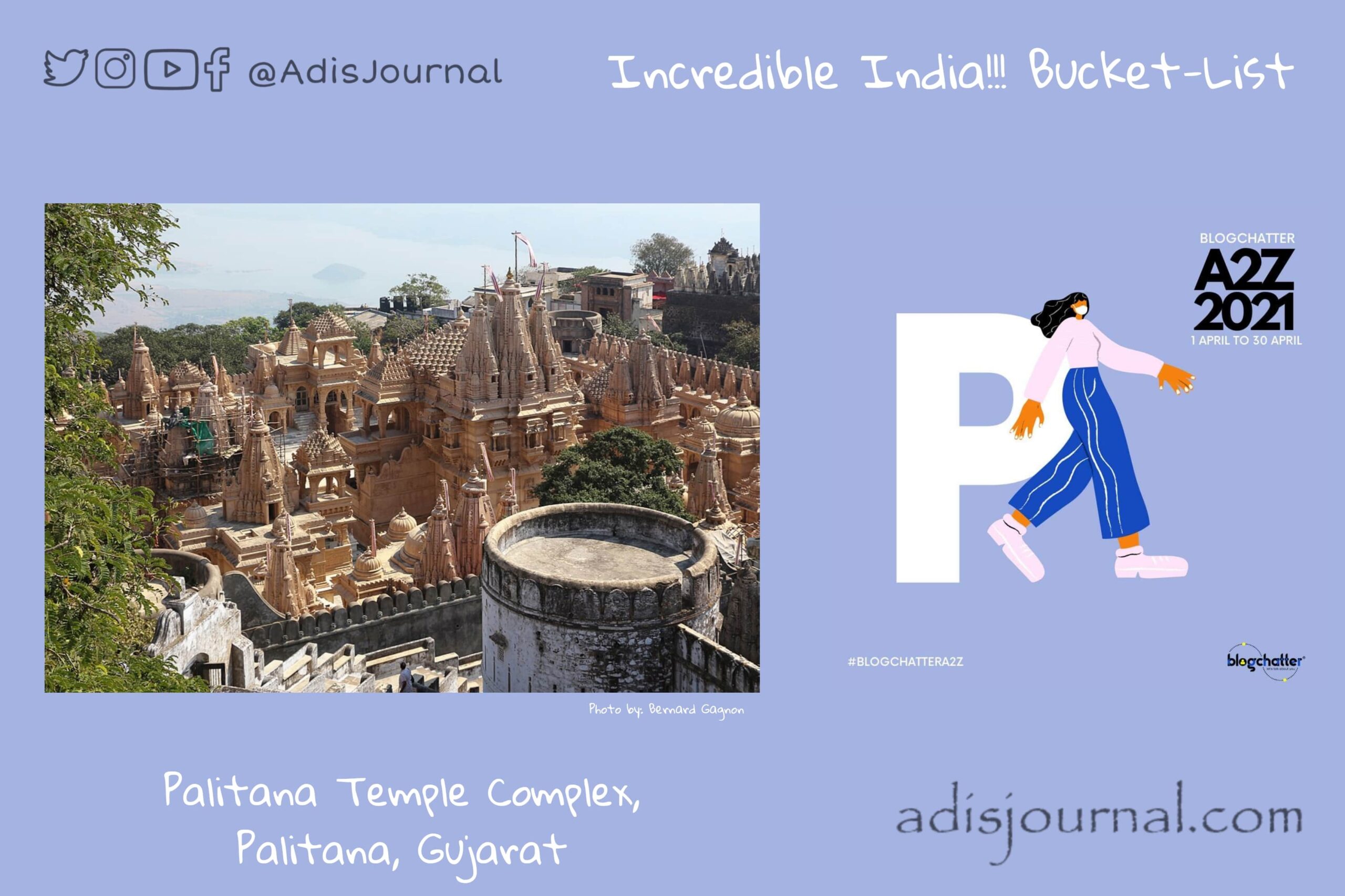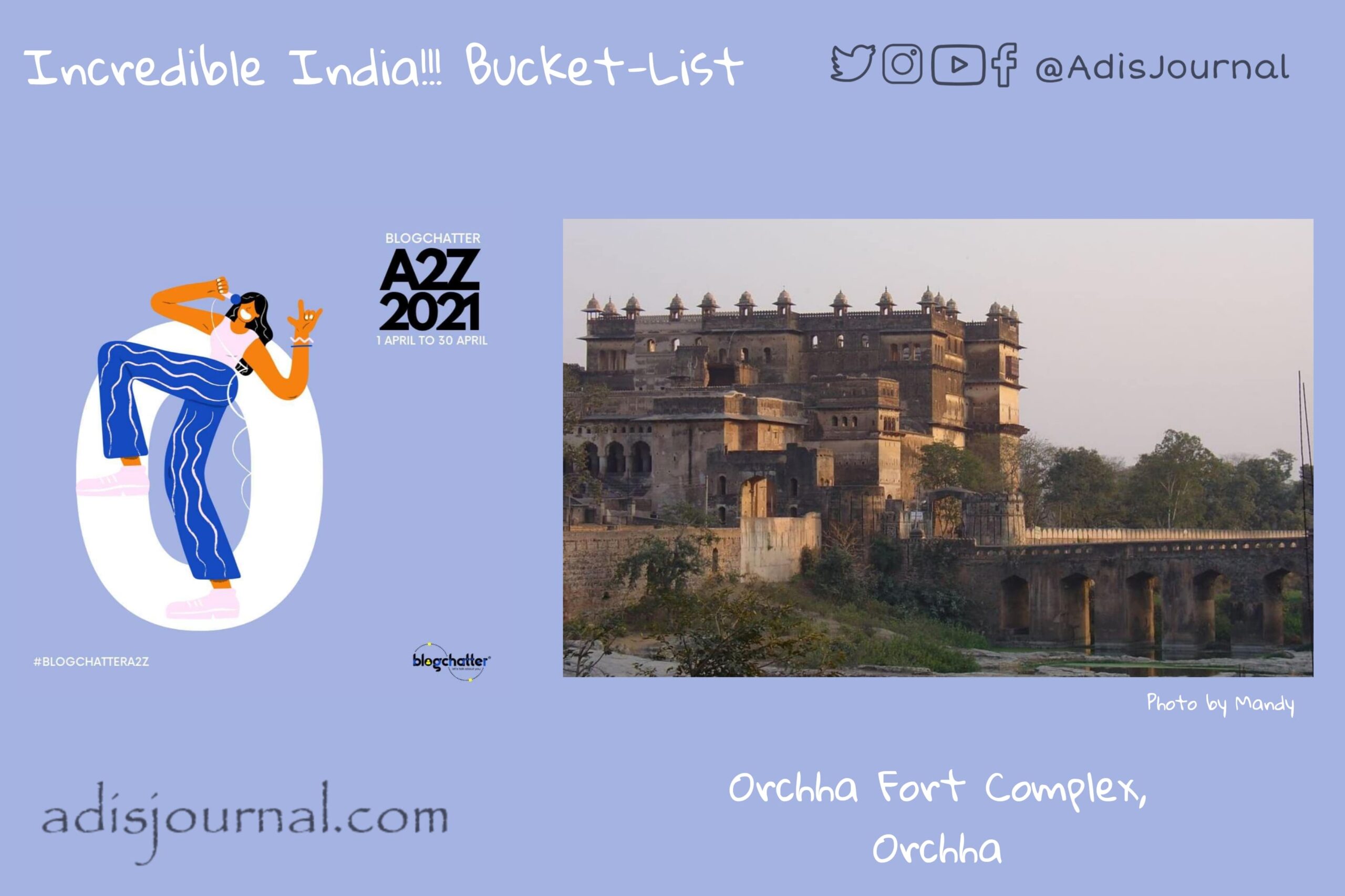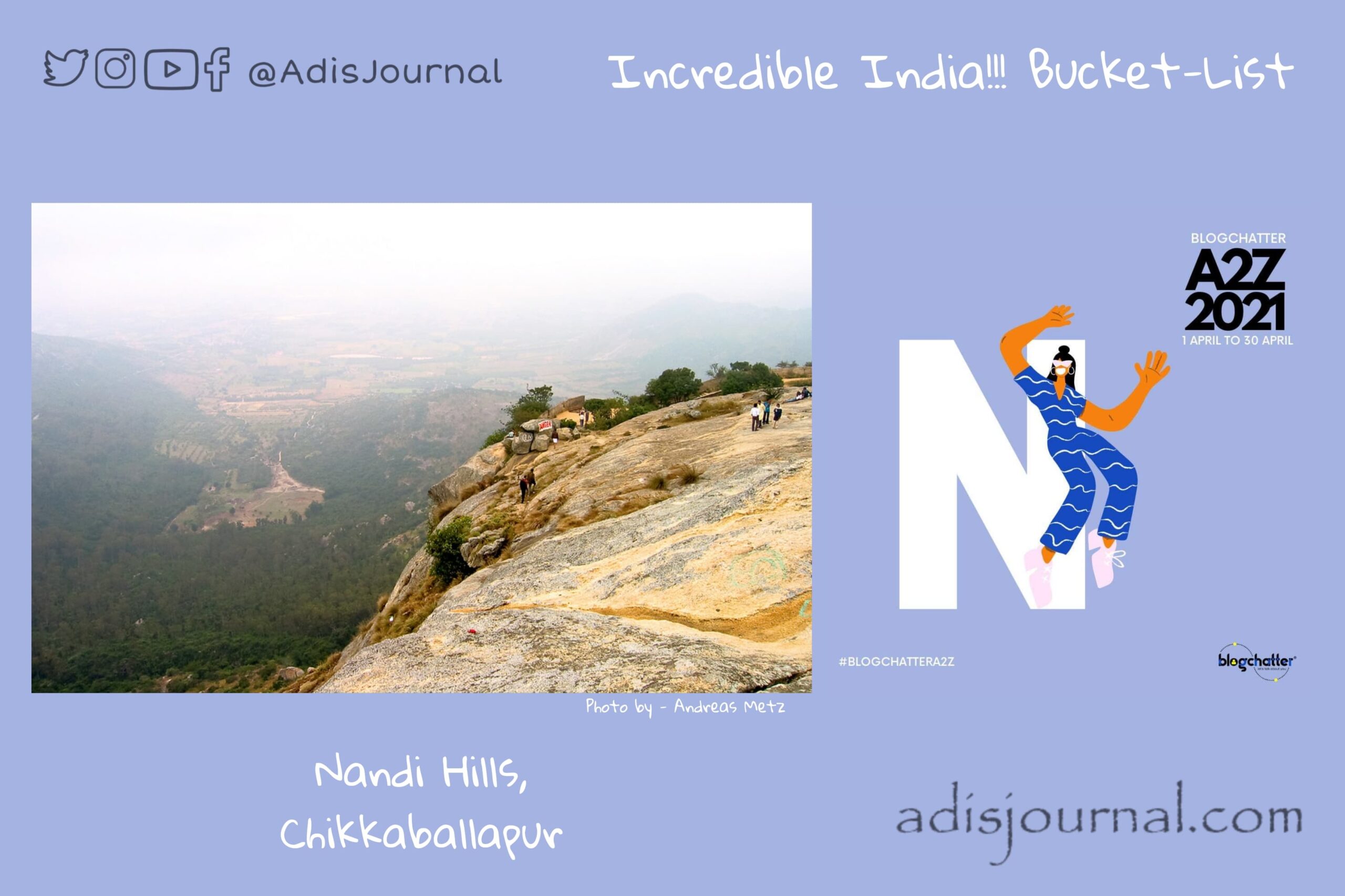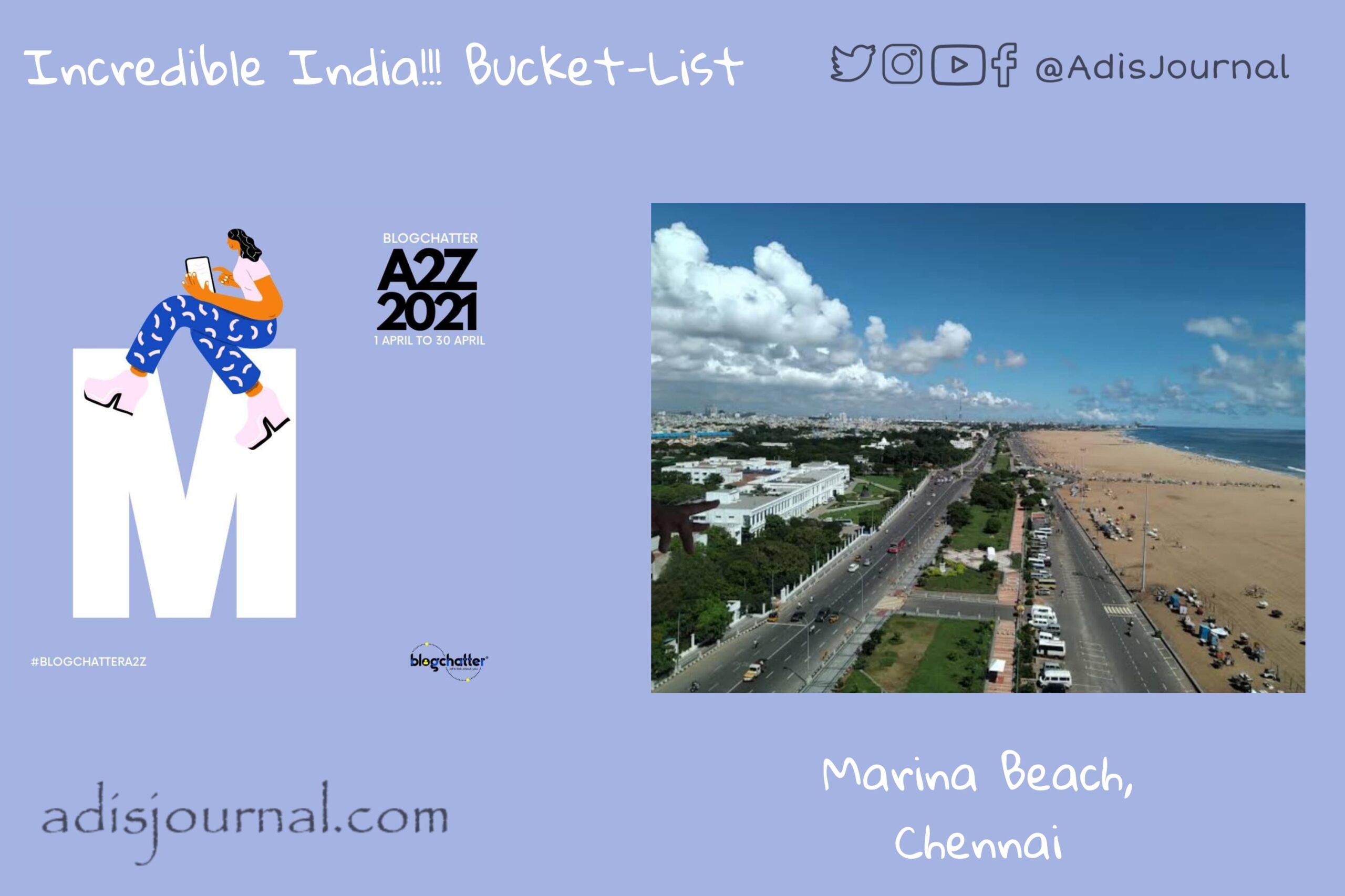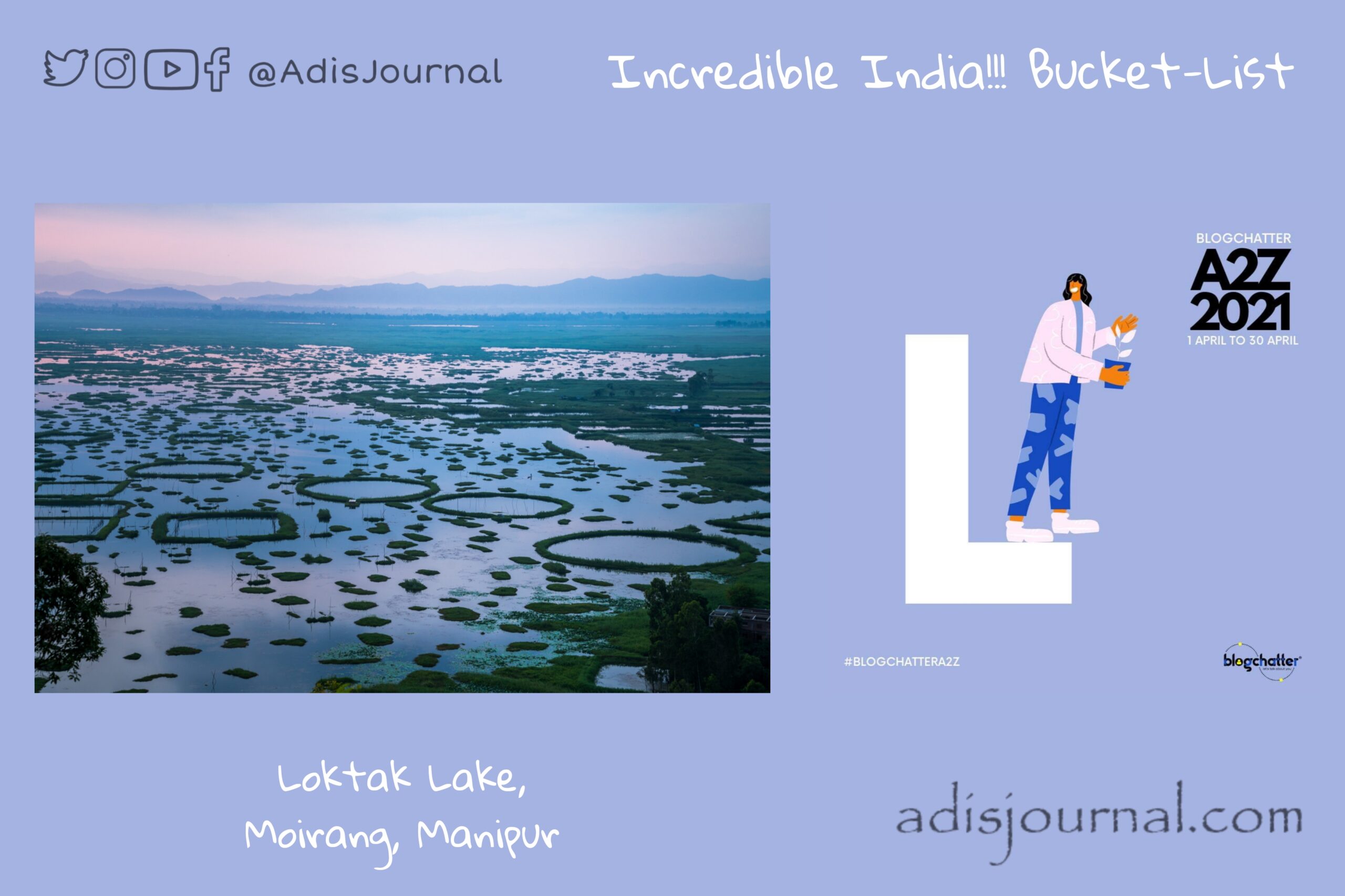
In 1950, India took democracy and formed a republic after adopting the constitution written by our constitutional assembly. Dr. Rajendra Prasad took over as the first president of the Union of India. Today, we are visiting the residence of the President, Rashtrapati Bhavan, in our journey of Incredible India.
The history of the Rashtrapati Bhavan
The Delhi Durbar of 1911 decided to shift the capital of British India to Delhi from Calcutta. After Delhi Darbar, they decided to build the new capital in the south of Old Delhi near Raisina and Malcha. The British Raj commissioned Architect Lutyens to design the viceregal palace. His design of the palace was grand, classical with colours and details inspired from Indian architecture. Lord Hardinge imposed budget restrictions during construction of the palace. As a result, the reduction of construction size by one third took place. Even after reduction, the completed viceroy palace was very similar to his designs. It took around two decades to complete this palatial residence.
When Chakravarti Rajagopalachari took over as India’s last but only Indian Governor-General and started residing in the Viceroy’s palace, he swapped the living quarters with a guest wing. This arrangement continues to be the same even now and the old Guest Wing is now the official residence of the President. Rashtrapati Bhavan hosts visiting heads of states and state receptions in this new guest wing which was original residence wing. As Dr. Rajendra Prasad took charge of the residence as the first President of India, they renamed Viceroy Palace as Rashtrapati Bhavan.


Rashtrapati Bhavan at evening Photo by Vinay Copyright CC BY-SA 3.0 
Mughal gardens fountain Photo by India1277 Copyrights CC BY-SA 4.0 
Forecourt of Rashtrapati Bhavab Photo by Ronak Shah Copyrights CC BY-SA 4.0
What can we see there?
This huge palace is spread over hundred and thirty hectares and has 340 rooms. We get a glimpse of many rooms like Ashoka hall if we watch the footage of various ceremonies held in the presidential palace. Rashtrapati Bhavan has a gorgeous garden in the backyard. It draws the name of Mughal Gardens from their original design based on the gardens of Mughal era. Later during times of various presidents, landscape changed and today we see the blend of various landscaping styles. Mughal gardens are open to the public during the event of Udyanotsav every year during the months of February and March.
Rashtrapati Bhavan has a Museum Complex of three buildings, Clock tower, the Stables and the Garages. It helps visitors to get an inside view of the Rashtrapati Bhavan, its art, architecture and get educated about the lives of past presidents. Tourists can also witness the Change of Guards ceremony which is held on every Saturday. The bookings for any of the visits have to be done online via official websites only. Please plan your visits accordingly.

I am participating in the A2Z challenge with Blogchatter and this is my take on the ‘R’ challenge. “R is for the Rashtrapati Bhavan, New Delhi”. You can find my other posts from this challenge here.

